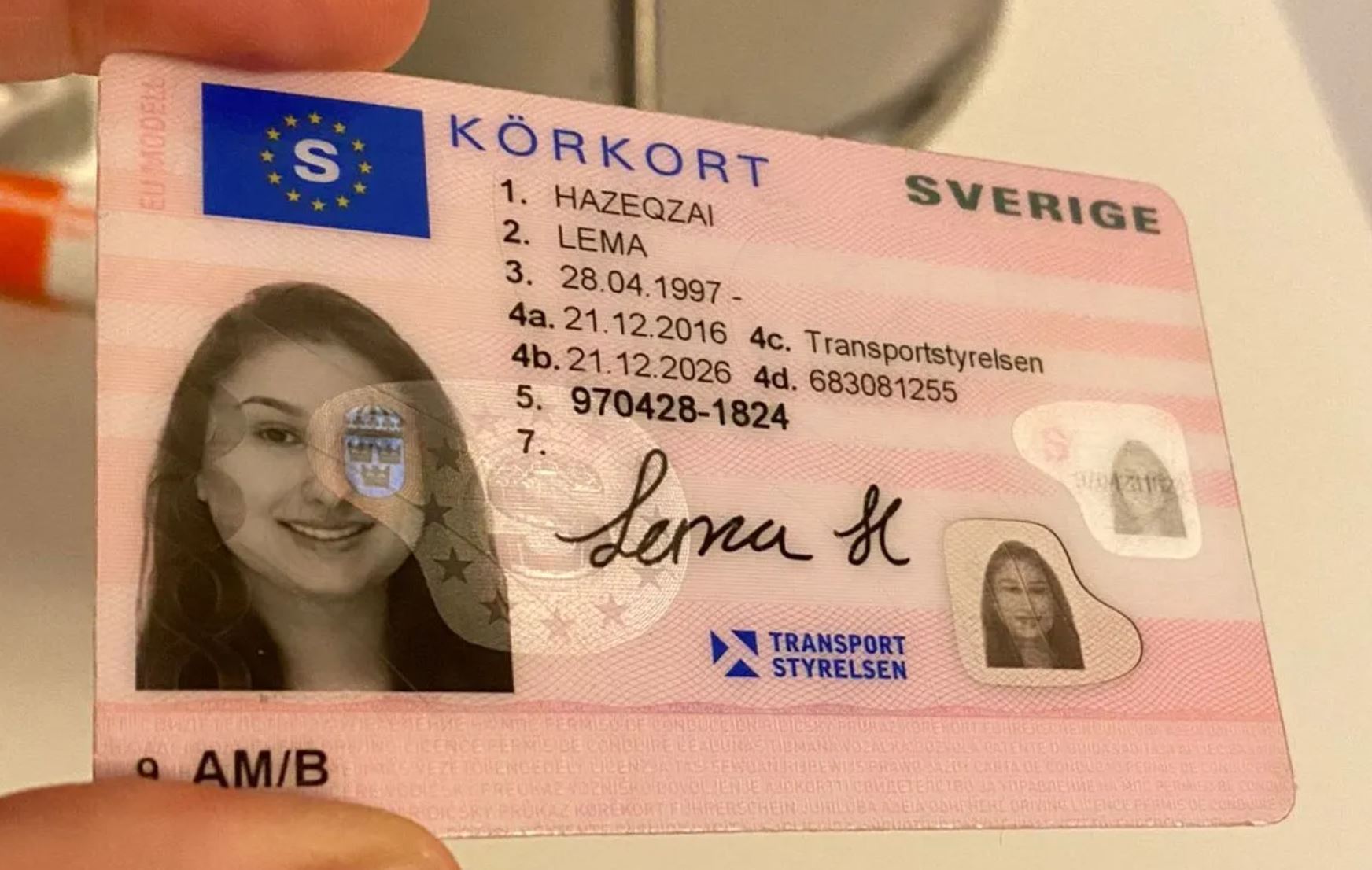Twenty Myths About Driving License Id-Handling 2025: Busted

The Future of Driving Licenses: ID Handling in 2025
As innovation continues to evolve at an unprecedented rate, numerous sectors are accepting developments to boost user experience and effectiveness. Among the locations experiencing substantial change is identity management, particularly concerning driving licenses. With the intro of digital licenses and advanced identification techniques, the landscape of driving license ID handling is expected to go through substantial changes by 2025. This short article checks out the expected advancements in driving license ID handling, the ramifications for users, and responses regularly asked concerns about the future of driving licenses.
The Evolution of Driving Licenses
Driving licenses have traditionally served as a way of recognizing an individual's authority to operate an automobile. They likewise serve numerous secondary purposes, including age confirmation and identity confirmation for banking and travel. However, the physical card system has limitations, consisting of threats of counterfeiting, loss, and out-of-date information. As society gravely counts on effective and secure recognition systems, the shift towards digital licenses is ending up being progressively popular.
Existing Trends in Driving License ID Handling
- Digital Licenses: Many states are piloting digital driving licenses that enable users to save their qualifications on their mobile phones. These digital licenses are developed with advanced security features, including biometric data, and can be scanned or shared safely.
- Blockchain Technology: Some jurisdictions are checking out blockchain to improve the security and credibility of driving licenses. This innovation guarantees that details can not be tampered with which the data is quickly verifiable.
- Facial Recognition: Increasingly utilized in identification practices, facial recognition technology can expedite the process of verifying a person's identity versus their driving license. This technology likewise helps in reducing fraud and keep the integrity of the licensing systems.
- Multi-Functional Licenses: Future driving licenses may incorporate extra functions such as health records, travel paperwork, and even payment systems, offering a thorough identity solution.
The Benefits of Digital Driving Licenses by 2025
The shift toward digital driving licenses provides numerous benefits, including:
- Convenience: Users can access their licenses anytime, which gets rid of the need for physical cards. This is especially beneficial when individuals forget their license, as digital copies can be obtained quickly.
- Security: Advanced security measures can minimize the danger of identity theft, scams, and unapproved duplication. Digital licenses typically include file encryption and biometric verification.
- Effectiveness: Reduced wait times at federal government offices and during traffic stops, as police can confirm digital licenses immediately.
Ramifications for Users
While the improvements in driving license ID handling present various benefits, they also feature difficulties. Users need to adapt to brand-new technology and ensure they comprehend the changes and their ramifications. Here are some considerations:
- Privacy Concerns: With increased digital footprints, there will be heightened issues over information privacy and how biometric data is kept and used.
- Accessibility Issues: Individuals without access to mobile phones or digital innovations might face barriers to obtaining and using digital licenses.
- Regulative Compliance: With numerous jurisdictions embracing various systems and procedures, users must understand their local laws relating to digital licenses and recognition.
Prepared For Changes in Driving License ID Handling by 2025
| Aspect | Existing Status | Expected Change by 2025 |
|---|---|---|
| License Format | Physical cards | Primarily digital licenses |
| Verification Process | Manual checks | Automated biometric verification |
| Security Measures | Standard holograms and functions | Advanced encryption and blockchain |
| Jurisdictional Differences | Fragmented processes across states | More standardized nationwide systems |
| User Interaction | In-person renewals and checks | Mobile applications for management |
Frequently asked questions
1. What is a digital driving license?A digital driving license is an electronic variation of a traditional driving license that is saved on a mobile phone. It can be used for recognition and confirmation in numerous circumstances, with enhanced security features to prevent fraud.
2. How will digital licenses improve security?Digital licenses utilize encryption and biometric information, making them harder to forge or abuse compared to conventional cards. Furthermore, blockchain technology can make sure data credibility and integrity.
3. Will everybody be required to switch to a digital license?While numerous jurisdictions are moving toward digital licenses, policies might vary. Users are motivated to consult their local licensing authorities for particular guidelines.
4. What are the possible drawbacks of digital licenses?Some prospective downsides consist of personal privacy issues concerning data storage, accessibility concerns for people without smart devices or digital literacy, and the need for a robust regulative structure to manage security and user rights.
5. How can I get ready for the shift to digital licenses?Stay notified about regional efforts relating to digital licenses, check out readily available mobile applications for managing identification, and cultivate digital literacy to browse brand-new innovations confidently.
The future of driving licenses and ID handling is poised for significant development by 2025. As Körkort Cv end up being more widespread, users will experience enhanced security, benefit, and effectiveness. Nevertheless, along with the advantages come challenges that will need public awareness and adaptation. Stakeholders should focus on education, policy, and ease of access to guarantee a smooth shift that empowers individuals with the identification tools of the future. As technology advances, so too will the approaches through which society handles identity, particularly essential in procedures as basic as operating a motor lorry.

